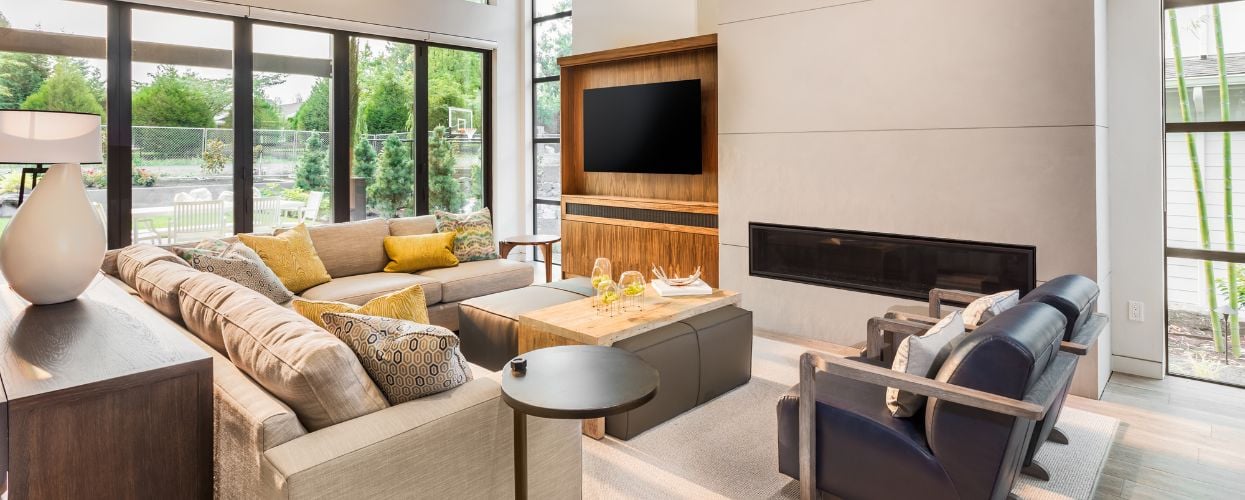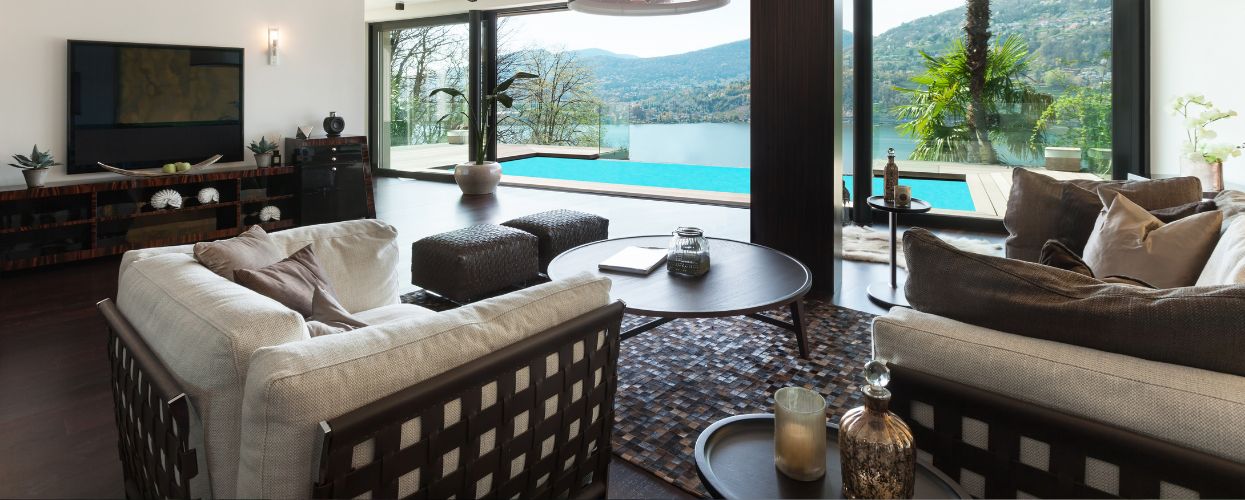When you’re selling your home, sometimes buyers fall in love with more than just the property—they also want the furniture. Whether it’s a custom dining set that fits the space perfectly or coastal-inspired décor that completes the look, selling furniture with your home can be a smart way to streamline your move and add extra value. Here’s how to handle it like a pro.
 1. Identify What You’re Willing to Sell
1. Identify What You’re Willing to Sell
Make a list of items you’d consider including in the sale. This might include:
Custom pieces that fit perfectly into the space.
Furniture that complements the home (such as a sectional made to fit a bay window)
Outdoor furniture that fits the patio or deck area
Tip: If certain items are not for sale, clearly exclude them in your listing or mention it during showings to avoid confusion later.
2. Wait Until the Right Time to Discuss Furniture
It’s best not to negotiate furniture before you have an accepted offer on the home. Early discussions can complicate the real estate transaction. Once the purchase and sale agreement is in motion, you can create a separate agreement for the furniture.
Why? Real estate contracts usually cover the property only, not personal items. Keeping the furniture sale separate helps avoid issues with financing, appraisals, and closing.
 3. Get an Accurate Idea of Value
3. Get an Accurate Idea of Value
Pricing furniture can be tricky—especially if it’s used but in good condition. Here’s how to set fair prices:
Check resale websites (Facebook Marketplace, OfferUp, or Craigslist) to see what similar items sell for.
Use receipts or original purchase records for higher-end pieces.
Consider a bulk deal for buyers who want several items; it’s often easier to negotiate one total price.
Pro tip: Be realistic. Furniture rarely sells for retail value, even when it’s in great condition.
4. Make a Detailed Furniture Quote Sheet
Create a simple list or spreadsheet for buyers showing. Keep negotiations clear and professional. Your real estate agent can share this list with the buyer’s agent to streamline the process.
5. Handle Payment Separately
Furniture purchases are typically handled outside of the real estate closing.
Buyers can pay you directly (via check, Venmo, or wire) once both parties agree on the terms. To protect everyone, put the agreement in writing—your agent can provide a simple addendum or personal property agreement form.
6. Make the Transition Easy
If the buyer is moving in right after closing, coordinate timing for furniture transfer.
Leave agreed-upon items clean and in place.
Remove everything else before the final walkthrough.
This helps avoid disputes and ensures a smooth closing day for everyone.
 7. Use Your Realtor’s Expertise
7. Use Your Realtor’s Expertise
A local South Shore real estate agent—like Michelle Larnard Real Estate—can help you navigate these details smoothly. Your agent can:
Advise what furnishings might appeal to buyers
Draft an itemized list or addendum
Ensure furniture negotiations don’t interfere with the home sale
Having an experienced agent handle the details ensures the transaction stays professional and stress-free.
Bottom Line
Selling furniture with your home can be a win-win for both you and the buyer. You’ll lighten your move, earn some extra cash, and help the buyer enjoy a turnkey move-in experience. Just remember: document everything clearly, handle payment separately, and rely on your agent’s guidance to make it all seamless.



